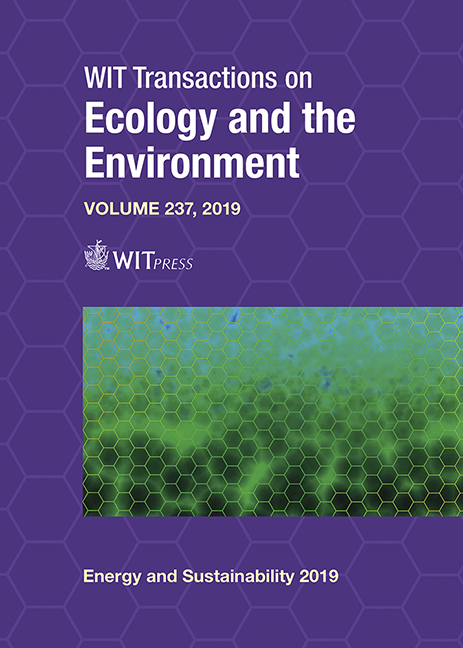DISTANCE MEASURES FROM REPLICATOR SYSTEMS WITH NONLINEAR PAIRWISE INTERACTIONS FOR ENVIRONMENTAL RISK MANAGEMENT
Price
Free (open access)
Transaction
Volume
237
Pages
12
Page Range
163 - 174
Published
2019
Size
353 kb
Paper DOI
10.2495/ESUS190151
Copyright
WIT Press
Author(s)
YURI A. PYKH, IRINA G. MALKINA-PYKH
Abstract
Replicator dynamics is an evolutionary strategy well established in different disciplines of environmental sciences. It describes the evolution of self-reproducing entities called replicators in various independent models of, for example, genetics, ecology, prebiotic evolution, and socio-biology. So, the replicator systems arise in an extraordinary variety of ecosystem modelling situations. In this report we combine the three universalisms in modelling: nonlinear pairwise interactions concept, dynamical systems theory and generalized relative entropy as a distance measure for environmental risk management. We introduce two hypotheses concerning the structure and types of properties of the system’s entities’ nonlinear interactions and derive generalized replicator dynamic equations. If there exists a nontrivial equilibrium point for a generalized replicator system then we construct an entropy-like Lyapunov-Meyer function (LMF) for this system and prove that it is a relative entropy function or the function of information divergence. We have proven that negative relative entropy is a convex function for a probability space and receive new distance measures (divergence) between two probability distributions. In conclusion, we show, as an example, that relative entropy as distance measures may be used as sustainability indicators for estimating the efficiency energy use of wastewater treatment. These results allow us to suggest that these new distance measures can be applicable to a wide set of real environmental situations.
Keywords
nonlinear pairwise interactions, replicator dynamics, Lyapunov functions, distance measure, divergence, sustainable development





